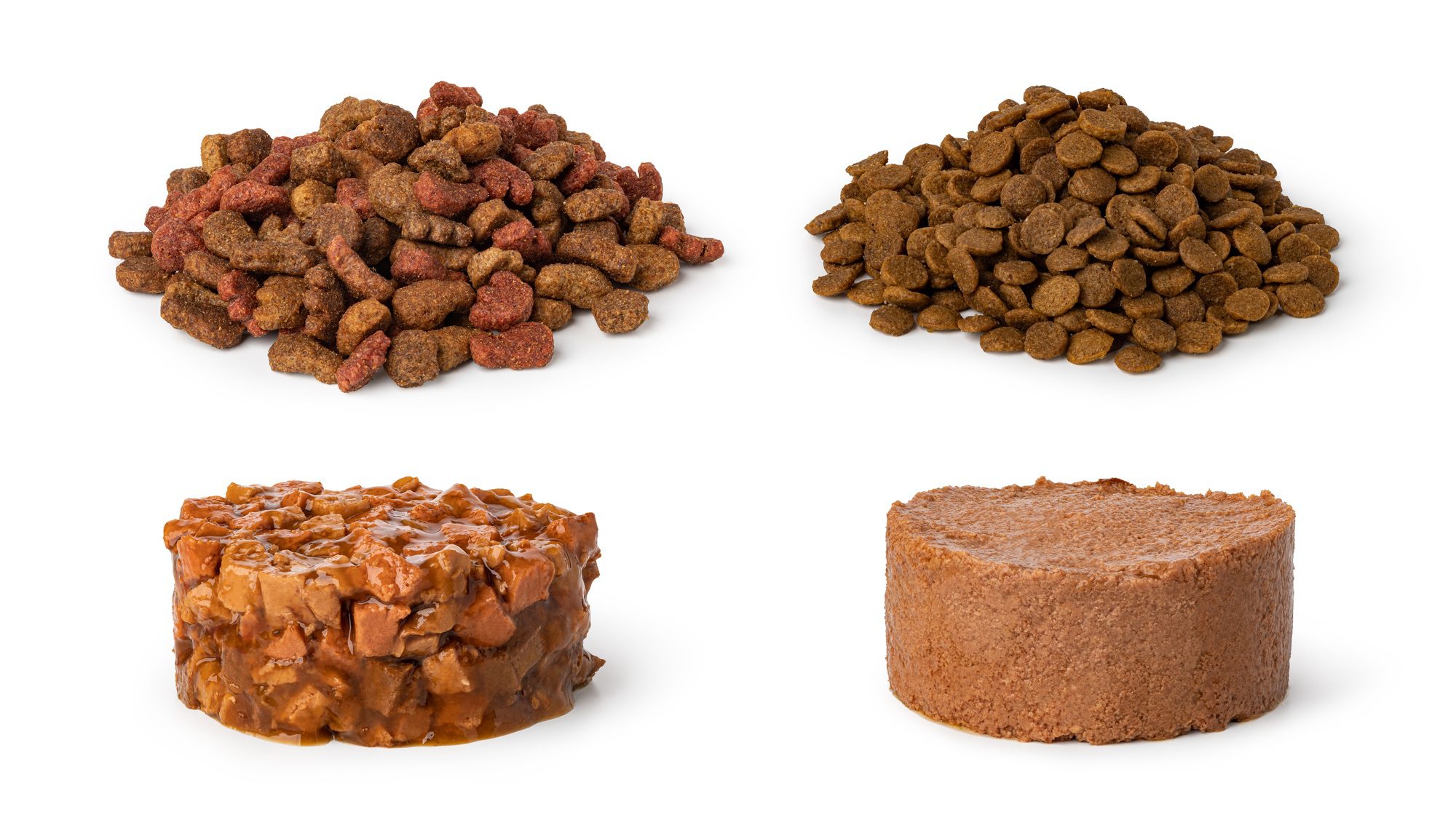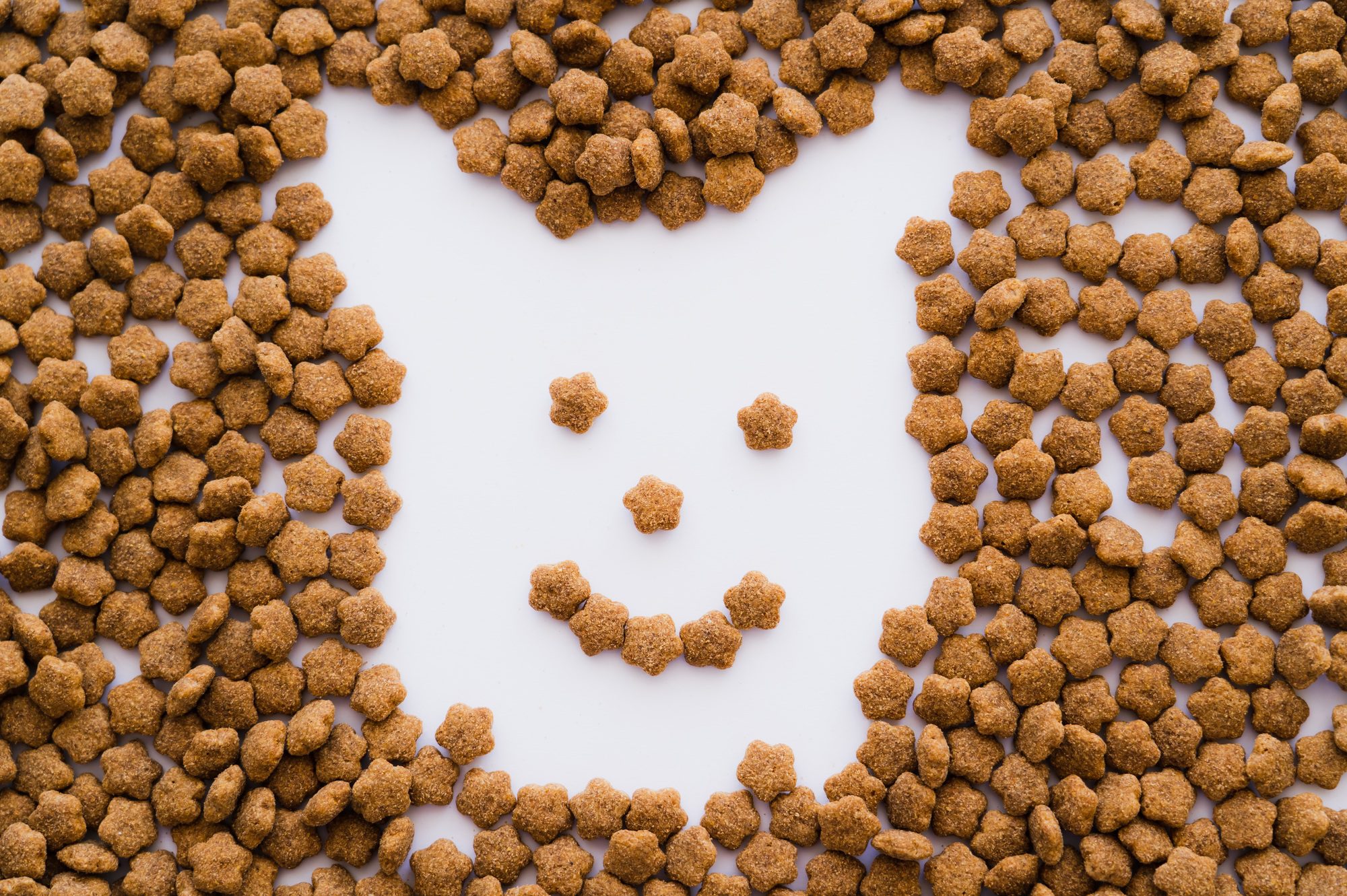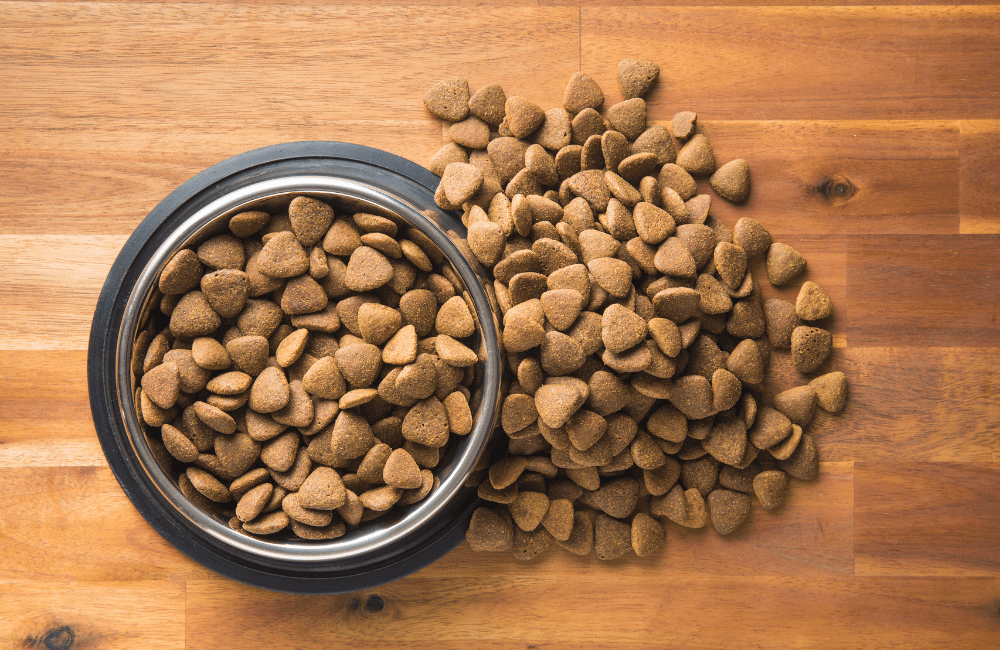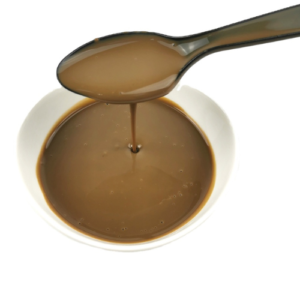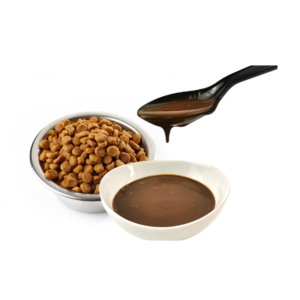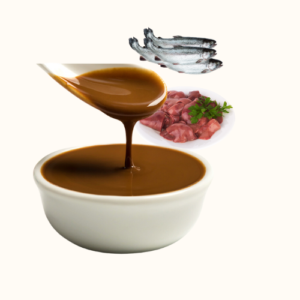Enhancing Pet Food Appeal
In the highly competitive pet food industry, the success of a product hinges on more than just its nutritional content. To capture both the pets’ and pet owners’ attention, food needs to be both nutritious and delicious. This is where palatants—specialized ingredients designed to enhance the taste, smell, and overall appeal of pet food—come into play. For pet food manufacturers, wholesalers, and distributors, understanding the science and application of palatants can be the key to boosting sales and ensuring repeat purchases. This blog dives deep into how palatants work and why they are critical for driving success in the pet food industry.
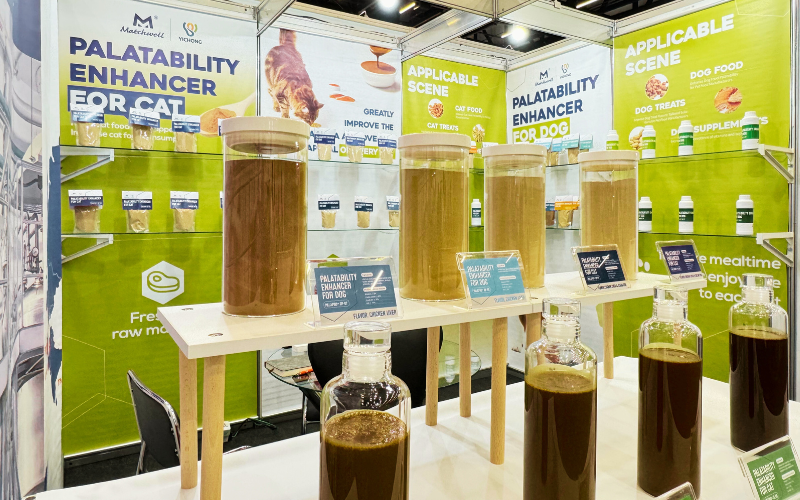
What Are Palatants?
Palatants are additives used in pet food to improve its taste and aroma. They are applied during the manufacturing process to make pet food more attractive to pets. These ingredients can be derived from natural sources like meat or fish extracts, or they can be synthetically created. Whether natural or artificial, their role is crucial—they help ensure pets enjoy their meals and consistently consume them, promoting better health and satisfaction(
Glad Dogs Nation | ALL Profits Donated)(
Why Palatants Are Essential for Pet Food Sales
- Increasing Consumption and Satisfaction Palatants directly influence a pet’s willingness to eat and enjoy a particular food. When pets find their food appetizing, they are more likely to consume it regularly. This not only improves their overall health by ensuring consistent nutrient intake but also increases customer satisfaction as pet owners observe their pets eating happily(New York Dog Nanny). A happy pet leads to a satisfied customer, and satisfied customers drive repeat sales and brand loyalty.
- Tailoring Palatants for Species-Specific Preferences Pets, particularly cats and dogs, have distinct preferences when it comes to food texture, flavor, and smell. For example, cats are often more sensitive to textures, preferring softer foods, while dogs are more attracted to strong aromas(Pet Food Processing). Manufacturers can use palatants to cater to these species-specific preferences, ensuring their products are appealing to their target audience.

- Standing Out in a Crowded Market The pet food market is flooded with products boasting various nutritional claims and ingredients. To stand out, a manufacturer must offer more than just a nutritious product—it must also be irresistibly tasty to pets. Palatants make this possible, giving products a sensory edge that draws in both pets and their owners. High palatability is key to competing in a crowded marketplace(Glad Dogs Nation | ALL Profits Donated)(Pet Food Processing).
- Improving Product Formulations With advancements in palatant technology, manufacturers can now create products that appeal to pets’ senses while also meeting specific health and dietary requirements. For instance, certain palatants are designed to mask off-putting smells or flavors that come from essential but bitter ingredients like vitamins and minerals(Pet Food Processing). This allows manufacturers to offer nutritionally superior products that pets will still enjoy.

How Do Palatants Work?
Palatants function by stimulating a pet’s sense of taste and smell. These senses play a pivotal role in determining whether a pet will eat a particular food. Here’s how palatants enhance pet food appeal:
- Olfactory Stimulation: Pets rely heavily on their sense of smell to choose their food. Palatants often include fats, oils, and other ingredients that enhance the aroma of the food, making it more appealing. For example, adding a palatant that mimics the smell of fresh meat can instantly attract a dog or cat to their meal(Pet Food Processing).
- Gustatory Stimulation: The taste of the food is enhanced by carefully selecting ingredients that pets find irresistible. Small peptides derived from proteins can boost flavor, while certain palatants minimize bitterness, making the food more enjoyable.
- Texture and Mouthfeel: Texture is crucial to palatability. Some pets prefer crunchy kibble, while others like softer wet foods. Palatants can be tailored to improve the texture, ensuring the food feels good in the pet’s mouth, further enhancing its overall appeal(New York Dog Nanny)(Pet Food Processing).

Innovations in Palatant Technology
The pet food industry is constantly evolving, and so is the technology behind palatants. New advancements allow manufacturers to create more targeted and functional palatants that not only improve taste but also provide additional health benefits. For example, some palatants now include probiotics, which enhance digestion while improving the food’s flavor profile(
Sustainability is also becoming a focal point, with manufacturers exploring alternative sources for palatants, such as insect-based proteins. These environmentally friendly options are gaining traction as consumers seek more sustainable pet food solutions、
The Role of Palatants in Market Success
For pet food manufacturers and wholesalers, palatants are essential to product differentiation and customer retention. Here’s how they can impact your business:
- Boost Sales Through Enhanced Palatability Products that are more palatable to pets naturally see higher consumption rates, leading to repeat purchases. Pet owners will return to buy the same brand if they see their pets consistently enjoying their meals.
- Expand Product Offerings Palatants give manufacturers the flexibility to create diverse product lines. Whether you’re targeting premium markets with natural palatants or offering affordable options with synthetic alternatives, palatants can help you tailor your products to different consumer segments(Pet Food Processing).

- Meet Consumer Demands Today’s pet owners are more discerning than ever, seeking foods that are both nutritious and enjoyable for their pets. By investing in high-quality palatants, manufacturers can meet these demands and secure a competitive edge in the marketplace(Pet Food Processing).
Conclusion: Why Palatants Are Key to Pet Food Success
Palatants are more than just flavor enhancers; they are a critical tool in ensuring pets not only receive proper nutrition but also enjoy their meals. For manufacturers and wholesalers, understanding the science behind palatants and leveraging the right palatant systems can lead to significant improvements in product sales and market share.
If you’re looking to boost the appeal of your pet food products and drive sales, incorporating palatants into your formulations is a must. Learn more about how palatants can transform your product offerings by visiting ProfyPet, your trusted partner in pet food palatants.



